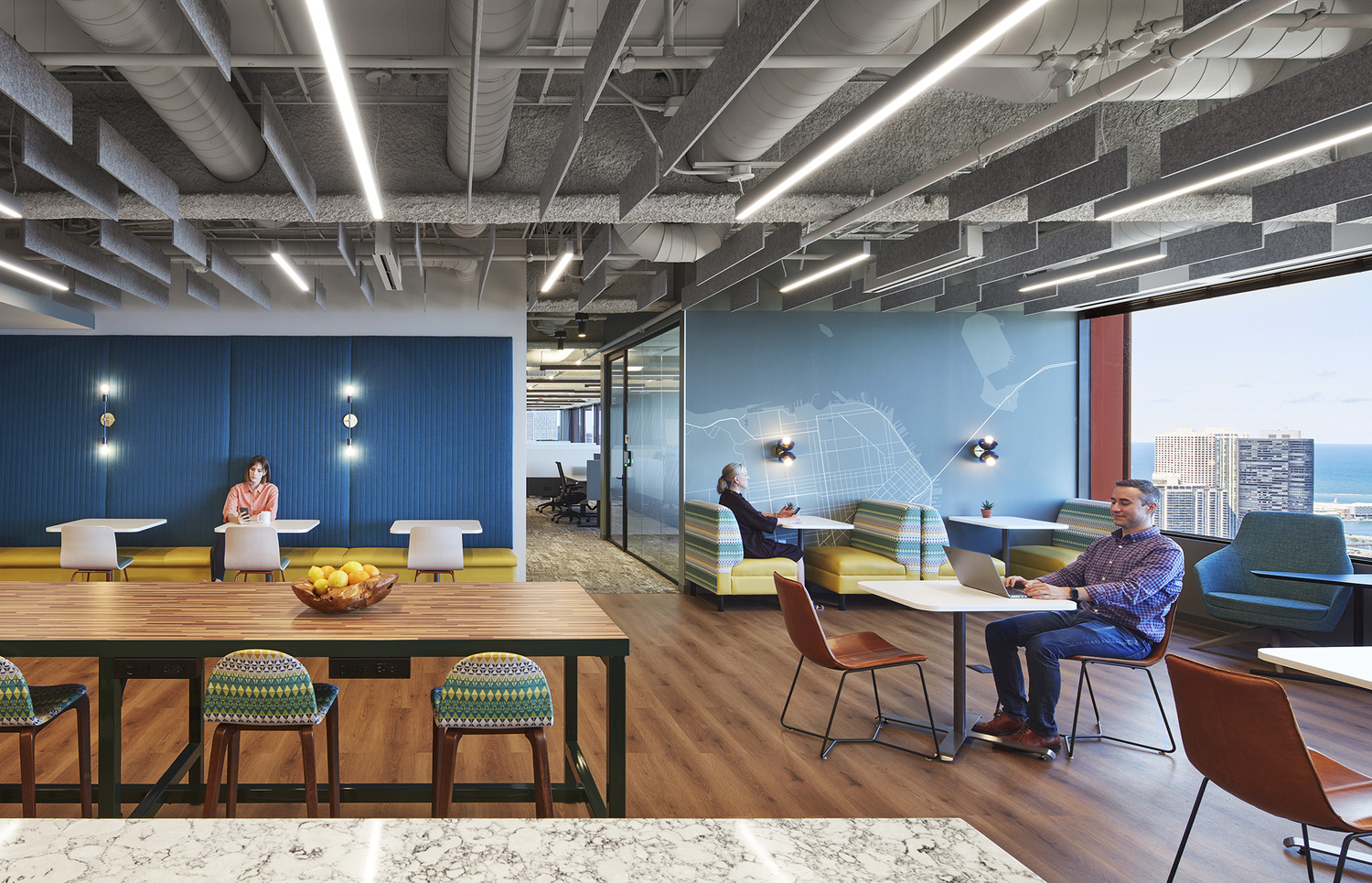
Work, how we work, and what employees expect of work, has been transformed. Spaces built to enhance hybrid, flexible, and alternative work have outperformed more traditional spaces over the last several years, and leading organizations are doubling down on flexibility and alternative space planning as a strategic recruiting benefit and embracing square-footage reduction as a cost savings.
New generations view hybrid and flexible schedules as the norm. Hybrid, or at a minimum, highly flexible workplaces are going to continue to be leading and preferred options, calling for a greater investment in alternative workspaces and flexible design choices. But where to begin? Download our considerations below.